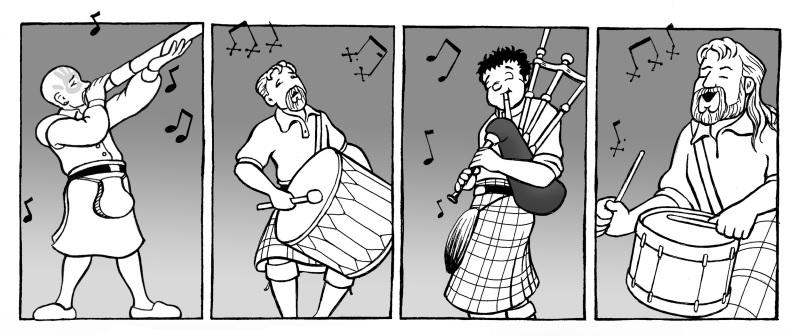2019/20 SEASON WICKED TINKERS
The Broad Stage presents
WICKED TINKERS
STUDENT MATINEE FRI MAR 13, 2020 10 AM GRADE 7 THE BROAD STAGE AT THE SANTA MONICA COLLEGE PERFORMING ARTS CENTER THEBROADSTAGE.ORG/EDUCATION 1310 11TH ST., SANTA MONICA, CA 90401 / 310.434.3560
1


